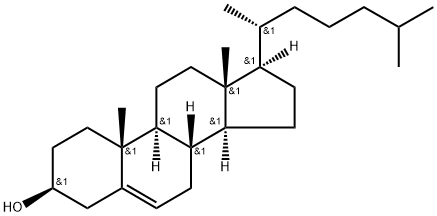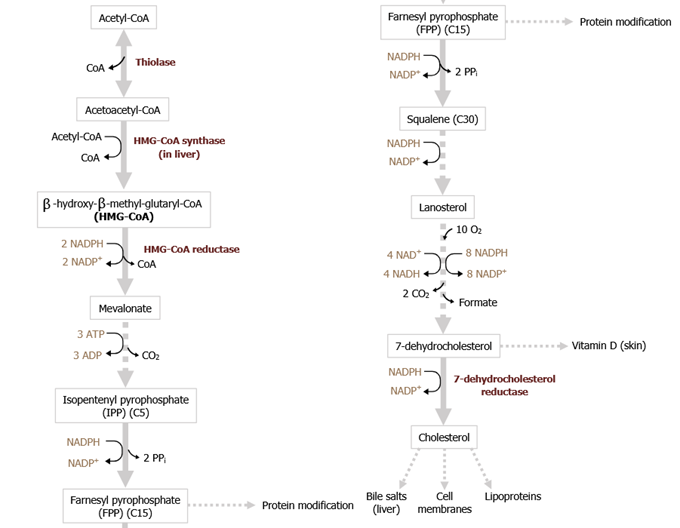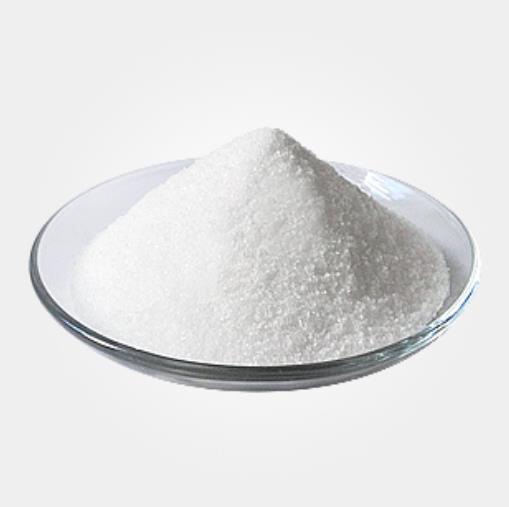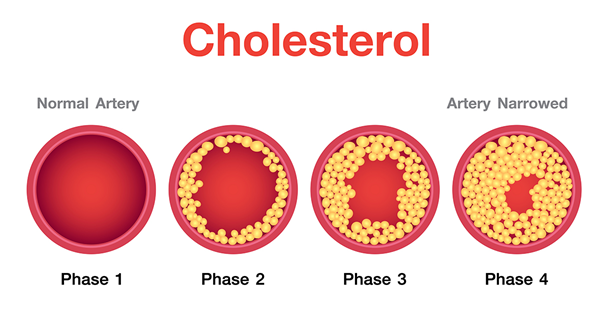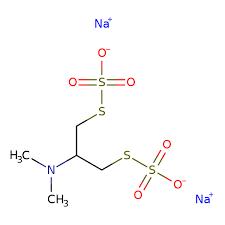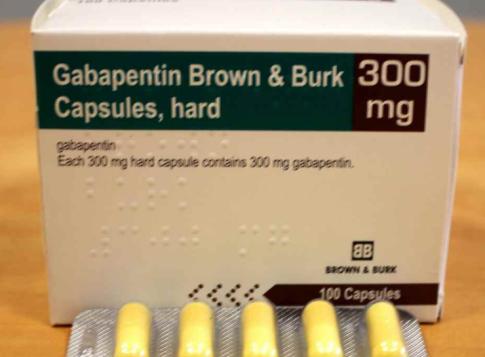Physiological function of Cholesterol
Cholesterol is a lipid with a sterol nucleus and is formed from acetyl-CoA . It may be absorbed from food (animal sources only) but is also synthesised in the liver and, to a lesser extent, other tissue (Fig.1). Its primary function is in the formation of bile salts in the liver, which promote the digestion and absorption of lipids. Other functions include the formation of adrenocortical and sex hormones and as part of the water-resisting properties of skin.
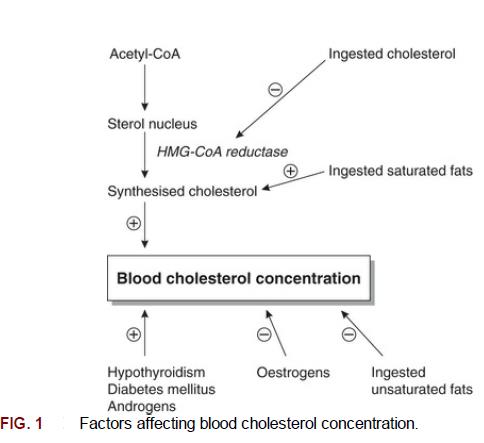
Physiological function
HMG-CoA reductaseis the rate-controlling enzyme in the production of cholesterol. It is inhibited by LDL and cholesterol. This enzyme is the target for statins used in the prevention of hypercholesterolaemia and at heros cleros is . High thyroid-stimulating hormone (TSH) (e.g. hypothyroidism) and low insulin levels result in higher cholesterol levels. Oestrogen reduces cholesterol concentrations.
High serum cholesterol concentrations are correlated with increased incidences of atherosclerosis and coronary artery disease. Prolonged increases in VLDL, LD L and chylomicron remnants are associated with atherosclerosis. Conversely, HDL is protective.
Lipids may be stored in the liver or adipose cells for later use or used immediately as an energy source. Triglyceride is hydrolysed to its constituent glycerol and three fatty acids; glycerol is then conjugated to glycerol 3- phosphate and enters the glycolytic pathway, which generates ATP as described earlier. Fatty acids need carnitine as a carrier agent to enter mitochondria, where they undergo β oxidation. The precise number of ATP molecules formed from a molecule of TG depends on the length of the fatty acid chain; longer chains provide more acetyl-CoA and hence more molecules of ATP.
Newborns have a special type of fat, termed brown fat, which on exposure to a cold stressor is stimulated to break down into FFAs and glycerol. In brown adipose tissue, oxidation and phosphorylation are not coupled, and therefore the metabolism of brown fat is especially thermogenic.
You may like
Related articles And Qustion
See also
Lastest Price from Cholesterol manufacturers

US $0.00-0.00/kg2025-04-22
- CAS:
- 57-88-5
- Min. Order:
- 1kg
- Purity:
- 99%
- Supply Ability:
- 20MT

US $0.00/KG2025-04-22
- CAS:
- 57-88-5
- Min. Order:
- 1KG
- Purity:
- 0.99
- Supply Ability:
- 1000KG
